

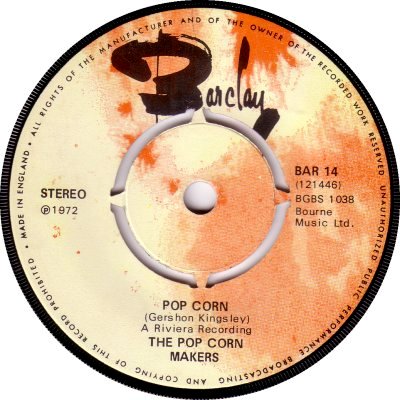
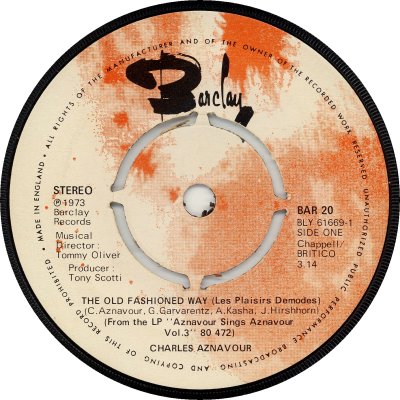
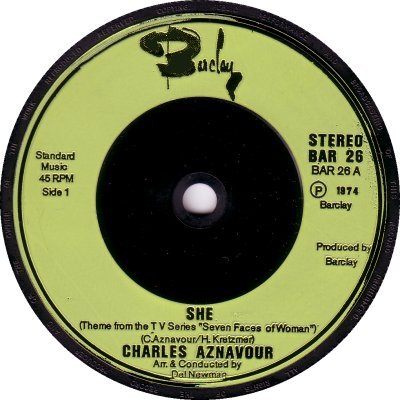
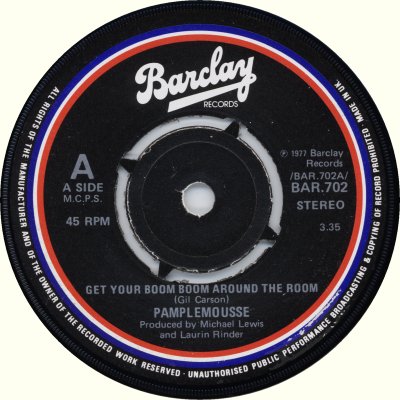
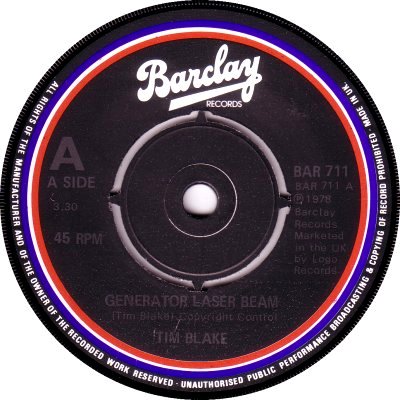
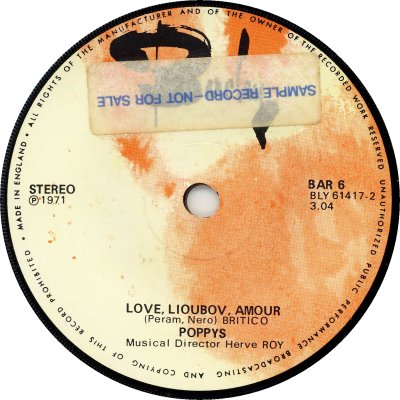
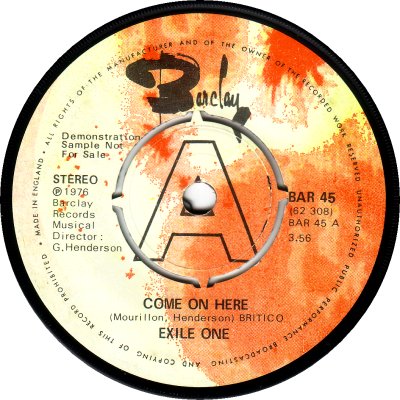

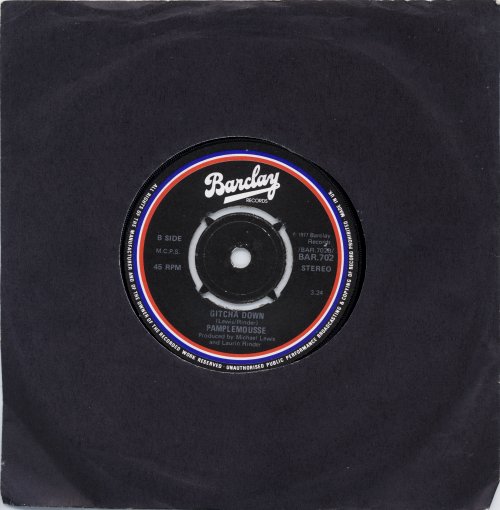
A prominent French label. Founded by musican / producer Eddie Barclay in 1949 as an outlet for Jazz records, Barclay grew from small beginnings to become one of the biggest record companies in France. As well as recording its own product it licensed material from abroad, releasing material from American companies such as Atlantic and Stax. Its own records tended to be in the French language, but in late 1968 the decision was taken to record certain items in English - particularly ones that were aimed at the growing American market. The Barclay logo seems to have first appeared over here in 1969, via a licensing agreement with Major Minor records, though popular records had been licensed to other companies previously or had been available on import via CRD (q.v.). At least five singles were issued on Major Minor with the Barclay logo during 1969-70 (1). Barclay made its debut as an actual label here in the summer of 1971, when a three-year manufacture and distribution deal was signed with RCA (Billboard, 12th June 1971), and it continued to put records out until nearly the end of the decade, though its activity on the singles front in Britain from 1979 on seems to have been fairly minimal. It registered in the British charts with singles by Burundi Steiphenson Black and Charles Aznavour, its biggest success being Aznavour's, 'She' (BAR-26; 5/74) which got to No.1 in 1974. According to 'Music Week' of the 29th of June 1974 'She' was selling so well that it was being pressed at three different UK plants and more copies were being brought in from France and the USA.
Manufacture and distribution were by RCA until the middle of 1977, which suggests that the initial deal must have been renewed. There was, however, a change of approach in 1976: 'MW' of the 17th of July reported that Barclay was seeking to distribute its less commercial items through other companies. According to the article Barclay had in the past expected RCA to handle everything that Barclay released, even though much of it was considered unfit for the UK market. As a result it had been known for RCA to be left with 'massive stockpiles of stuff that could not be shifted'. In future, anything which RCA didn't fancy would be placed elsewhere. The autumn of 1977 saw Barclay move to Logo, under what was either a three-year licensing deal ('MW', 19th September) or a two-year distribution deal ('MW', 4th August 1979). Whichever it was, it was ended by mutual agreement in August 1979.
RCA appears to have also been responsible for early pressings of records up to and including BAR-9; the labels of those pressings have a shiny appearance, after the RCA fashion of the time, and the ring around the spindle hole is quite close to it (2, 8). CBS took over the job from around BAR-14; it had also also carried out some pressings of the Burundi Steiphenson Black hit. These CBS labels are matt, and have the ring further out from the spindle (3). Injection-moulded versions of 'She' can be found, presumably as a result of contract pressings done by Phonodisc (5). RCA appears to have taken over pressing again from BAR-28; this time around the labels were matt, so the thing to look out for is the narrow dinking perforations (8) similar to those of EMI. With BAR-44 the logo and the perimeter credits shrank and moved inwards; they had done so earlier, for many copies of BAR-20 (4). Demos were marked in the standard RCA manner (9). The move to Logo prompted a change of numbering from BAR-0 to BAR-700, and a new label design was adopted (6). Initially pressing of the Logo-era records was by Decca and distribution by Selecta, but when Logo moved to RCA for pressing and distribution in mid 1978 Barclay went with it; there were minor changes in the appearance of the credits (7) and the provision of demo labels resumed (10) - there don't seem to have been any during the Decca period. There were no company sleeves as such, but the black-labelled singles came in plain black ones (11). The discography below is even more gappy than they usually are, but the missing numbers seem not have been used here.
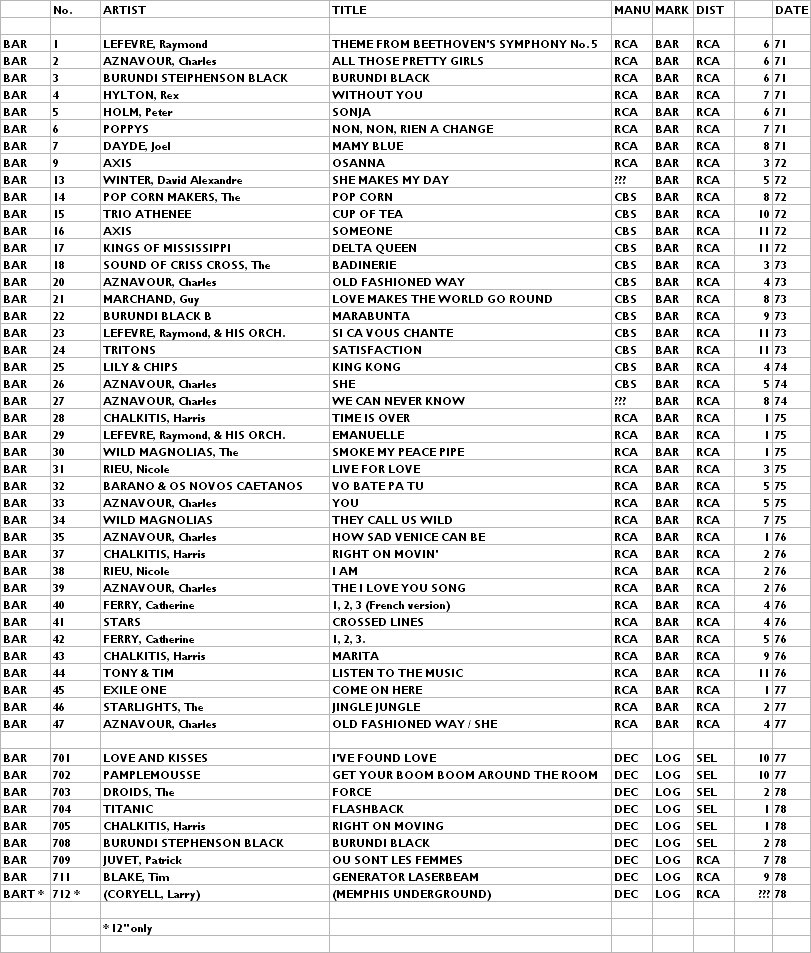


Copyright 2006 Robert Lyons.

